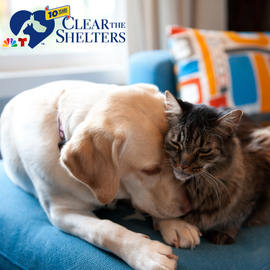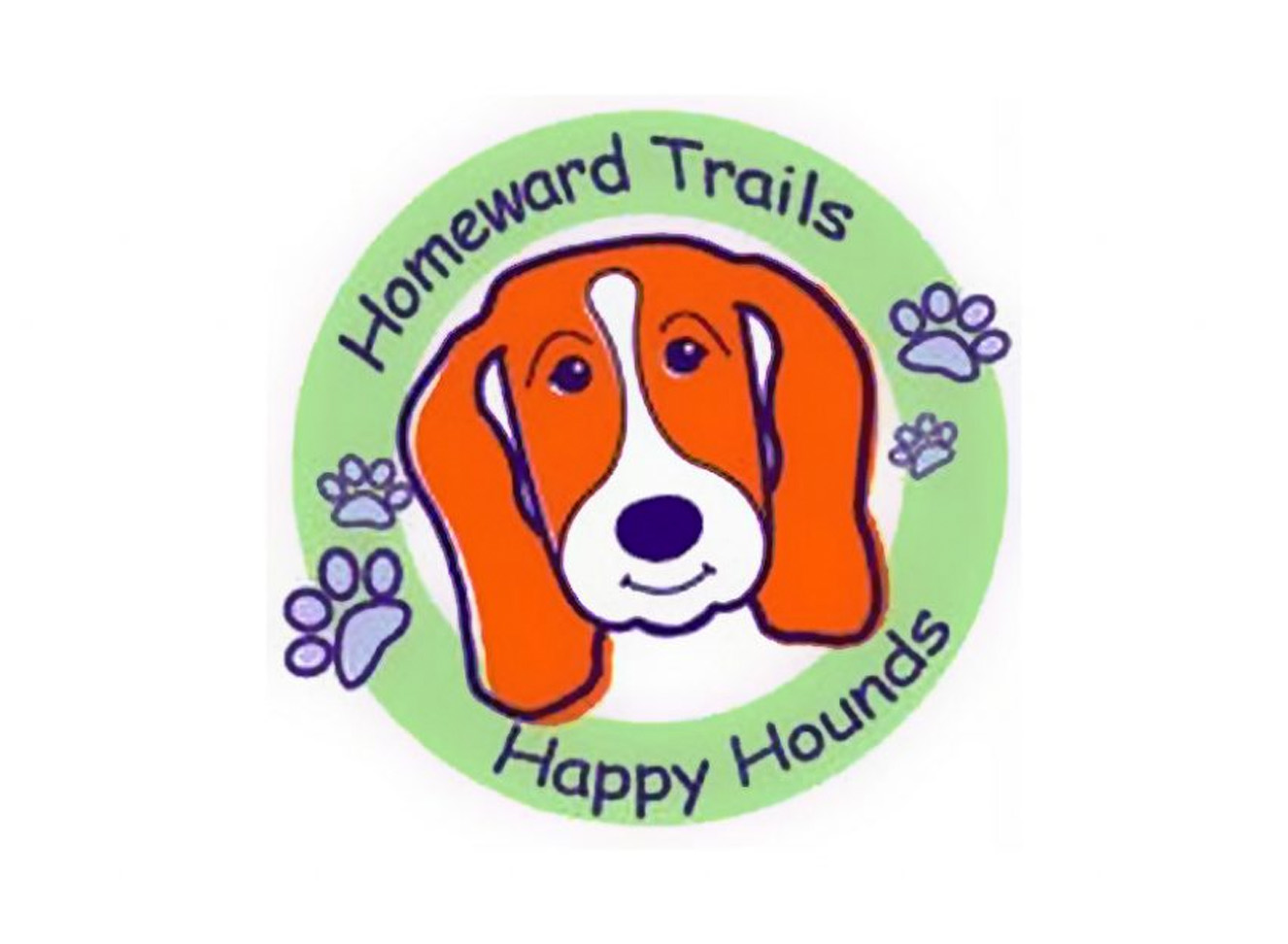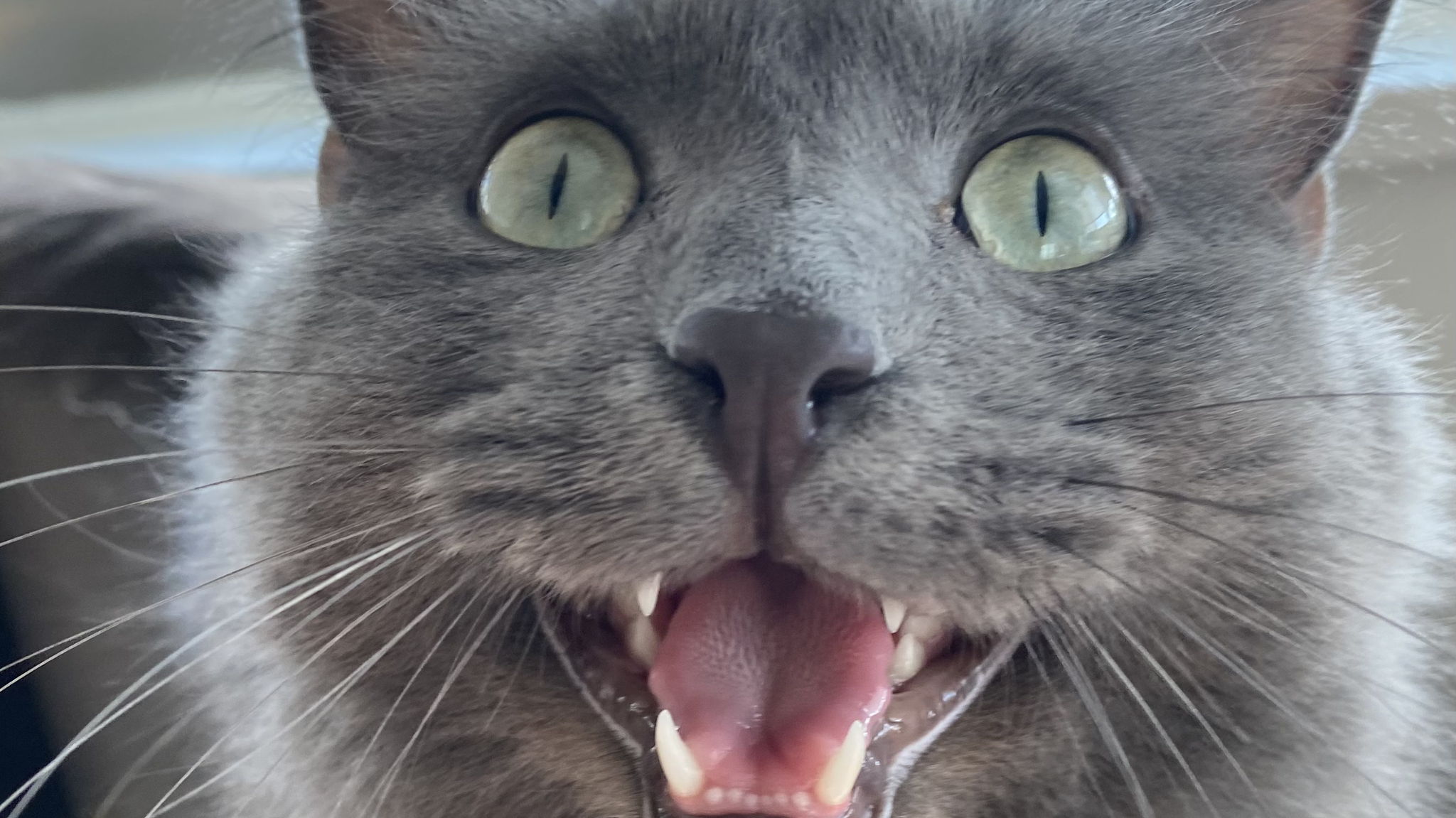Dog Behavior FAQs
Of course, you don't have to use any particular tool to train your dog. Food is popular because it is one of the most powerful motivators in animal training. The reality is that you get more strongly conditioned behavior if you do not limit yourself to praise alone. Another advantage of food is that you can use it to target the dog into position. Food therefore has two roles: as target and as reward. Training with positive reinforcement allows the dog to relax and learn and strengthens the bond between you and the dog. Over time, you will be able to expect "more for your money," that is more behaviors for fewer treats. You will also become skillful at incorporating other rewards into training.
You can't bribe a dog for doing something he doesn't yet have in his repertoire! Put yourself in his place. Imagine that someone said "palana." What would you do? Nothing, because you don't understand what that person wants you to do let alone why you should do it. Physically placing your dog into position slows down learning and has negative side effects. Using a target allows you to elegantly obtain the correct behavior after you give the command. Once the dog knows the behavior, you phase out the lure.
Certainly not as frequently as for a newer behavior, but yes, maintenance of established behavior with (concealed) intermittent rewards is a must. Think of it this way: you have to feed your dog anyway. You can give it all to him for free in a bowl or you can reserve part of his daily caloric intake and make him earn it! Also, don’t forget that there are other rewards besides food: everyday things such as play, sniffing, door opening, car rides and access to other dogs can also be used to reward established behavior.
A crate is a safe, comfortable place that most dogs voluntarily use when the door is left open. How might you treat an untrained human baby when unsupervised? Would you consider it “cruel” to leave her in a crib and “kind” to leave her on the kitchen floor without a diaper? Crating ensures your dog does not develop habits such as house-soiling and indiscriminate chewing when you're not supervising.
Getting rid of pulling on leash takes perseverance. Anti-pulling exercises will be shown to you in class. If, after trying, you feel that you are still not able to manage your dog on walks, speak to your instructor about changing to an alternative collar (Gentle Leader or Halti) which will give you "power steering."
The only study ever done found no correlation between dogs that regularly play tug and aggression directed at family members or strangers. If you teach your dog an "out" command, a "settle down" command and have strict rules for the game so that you have complete control, there is no reason to deprive your dog of this fun and efficient energy burner. Tired dogs are well-behaved dogs.
Puppies have poorly developed brain-bladder and brain-bowel connections, so they don’t hold on as well as adults. If you adhere to a strict schedule, taking them out many times a day, most puppies can be house-trained by 12 weeks of age. Here’s how:
- Reward the puppy immediately every time he eliminates outside with both verbal praise and a food treat. This means you must accompany him each time
- Supervise him all the time indoors so there is no way he can make an error without being caught. Confine him to one room to make this easier on you. When you see him starting to eliminate indoors, interrupt him with a sharp sound and hustle him outside. Praise if he finishes here. When you can't supervise, crate the puppy.
- Never punish for accidents you don't catch in mid-act. Late punishments, even a few seconds late, are not associated with previous behavior and are abusive.
If you watch a litter of puppies playing, you’ll notice that they spend most of their time biting each other. This is normal puppy behavior. Then you take a puppy from a litter and into your home, he will start play-biting you. A puppy has very sharp teeth but weak jaws. This means the puppy can cause pain when biting but cannot cause severe damage. An adult dog has duller teeth but a powerful jaw, capable of mutilating damage. Any dog is capable of biting under certain circumstances. It is therefore important to teach a puppy to control the force of his biting before teaching him to not play-bite at all. This way, he grows up conditioned with a softer mouth that is less likely to do damage if he should ever bite. This is known as "acquired bite inhibition," an important line of defense against aggression. To teach bite inhibition, screech "ouch!" when the puppy play bites hard and then supply a brief time out consequence. The message is: "if you bite hard, you are instantly alone."
The best way to do a time out is to get up abruptly and leave the confinement area by stepping over the baby gate. The time-out should be no more than one to two minutes long. Then go back to him and practice again. It will not work instantly but, over time, the puppy will start controlling both the force and the frequency of his biting. Remember: the puppy is biting because he needs to play. If you have time to play, first supply the time-out as consequence for his biting, then either wear him down with training exercises or play with him incorporating a toy (fetch, tug, hide & seek). If you don’t have time for him at that second, crate him with a stuffed chew toy.
The best way to do a time out is to get up abruptly and leave the confinement area by stepping over the baby gate. The time-out should be no more than one to two minutes long. Then go back to him and practice again. It will not work instantly but, over time, the puppy will start controlling both the force and the frequency of his biting. Remember: the puppy is biting because he needs to play. If you have time to play, first supply the time-out as consequence for his biting, then either wear him down with training exercises or play with him incorporating a toy (fetch, tug, hide & seek). If you don’t have time for him at that second, crate him with a stuffed chew toy.
Courtesy of the San Francisco SPCA


